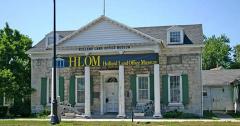
|
Navy – Merchant Marine Memorial
Washington, District Of Columbia
|
Located in Lady Bird Johnson Park on Columbia Island, the Navy-Merchant Marine Memorial
|

|
Fort Zachary Taylor Historic State Park
Key West, Florida
|
Named after 12th president Zachary Taylor, the U. S.
|

|
Wright’s Chance/Queen Anne’s County Historical Society
Centreville, Maryland
|
Dating back to the 1700s, Wright's Chance is a Colonial period plantation house.
|
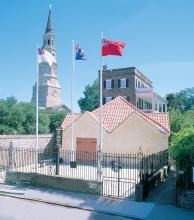
|
The Powder Magazine
Charleston, South Carolina
|
Construction began on The Powder Magazine in 1712 and was completed by 1713, making it
|

|
Del Webb Sun Cities Museum
Sun City, Arizona
|
The Sun Cities Area Historical Society/Del Webb Sun Cities Museum is dedicated to the p
|

|
Steamship Historical Society of America
East Providence, Rhode Island
|
THE STEAMSHIP HISTORICAL SOCIETY OF AMERICA was established in 1935 as a means of bring
|

|
Tryon Palace
New Bern, North Carolina
|
Tryon Palace is a modern recreation of the original palace, which served as the royal g
|
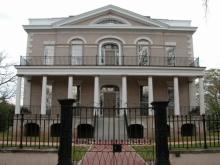
|
Hampton-Preston Mansion & Gardens
Columbia, South Carolina
|
One of Columbia's oldest remaining historic houses, the Hampton-Preston Mansion was hom
|

|
Old Sturbridge Village
Sturbridge, Massachusetts
|
Old Sturbridge Village is the largest living history museum in New England, spanning o
|
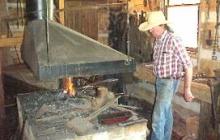
|
Heritage Farm Museum And Village
Huntington, West Virginia
|
Tour the entire village to get a glimpse of a craftsman at work in the Blacksmith shop
|
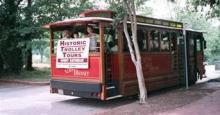
|
Mordecai Historic Park
Raleigh, North Carolina
|
While at Mordecai, visitors can tour other historic structures which have been moved to
|
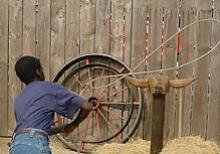
|
Old Florida Museum
St. Augustine, Florida
|
What better way to compare one period of Florida history with another than through the
|
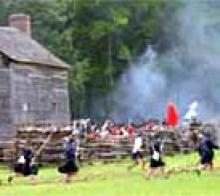
|
Historic Brattonsville
McConnells, South Carolina
|
Historic Brattonsville is a 775-acre historic site that includes a Revolutionary War ba
|
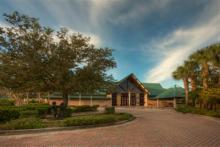
|
Ah Tah Thi Ki Museum
Big Cypress Indian Reservation, Florida
|
The Ah-Tah-Thi-Ki Museum on Big Cyrpess Reservation explore
|
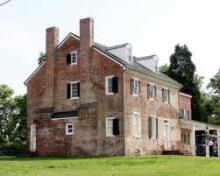
|
Mount Calvert Historical And Archaeological Park
Upper Marlboro, Maryland
|
Mount Calvert's rich archaeological and historical resources represent over 8,000 years
|

|
Sotterley Plantation
Hollywood, Maryland
|
The oldest remaining Tidewater plantation, Sotterley is now a National Historic Landmar
|
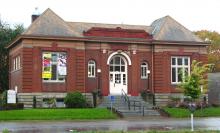
|
Clarke County Historical Museum
Grove Hill, Alabama
|
Housed in the historic Alston-Cobb house, the Clar
|
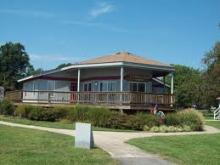
|
St. Clement's Island Potomac River Museum
Colton's Point, Maryland
|
This museum overlooks and focuses on the history of St.
|

|
Riversdale House Museum
Riverdale Park, Maryland
|
This beautifully restored 19th century estate, which offers tours to the public, was ho
|
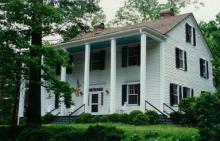
|
Archibald Smith Plantation Home
Roswell, Georgia
|
For over 150 years, the Smith’s Plantation Home has stood the test of time as The Civil
|
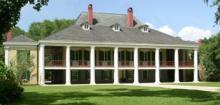
|
Destrehan Plantation
Destrehan, Louisiana
|
Erected in 1787 by Charles Paquet, Destrehan Plantation was purchased by indigo planter
|
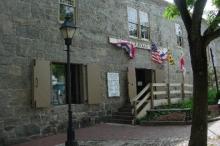
|
B&O Railroad Museum: Ellicott City Station
Ellicott City, Maryland
|
The oldest standing railroad station in the United States houses this museum in histori
|
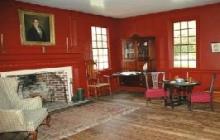
|
House In The Horseshoe
Sanford, North Carolina
|
During the American Revolution, groups of citizen-soldiers called Whigs or revolutionis
|
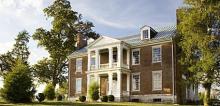
|
Carnton Plantation And Battlefield
Franklin, Tennessee
|
Carnton was built in 1826 by
|
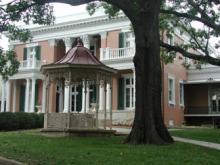
|
Belmont Mansion
Nashville, Tennessee
|
The moving spirit of Belmont Mansion was Adelicia Hayes Franklin Acklen Cheatham.
|
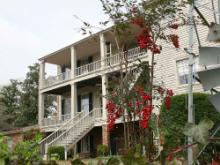
|
Poplar Grove Plantation
Wilmington, North Carolina
|
|
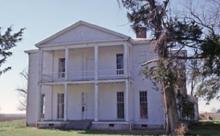
|
Arkansas Historic Preservation Program
Little Rock, Arkansas
|
The Arkansas Historic Preservation Program is devoted to getting the citizens of Arkans
|
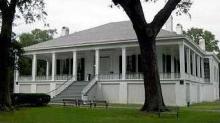
|
Beauvoir: The Jefferson Davis Home & Presidential Library
Biloxi, Mississippi
|
The house was built by James Brown, a wealthy plantation owner from Madison County, Mis
|
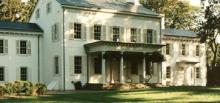
|
Morven Museum & Garden
Princeton, New Jersey
|
For more than 200 years Morven has played a role in the history of New Jersey and the n
|
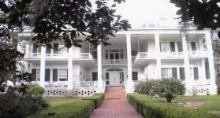
|
Pebble Hill Plantation
Thomasville, Georgia
|
The Main House was built in the 1930s in a Georgian and Greek Revival Architectural str
|
